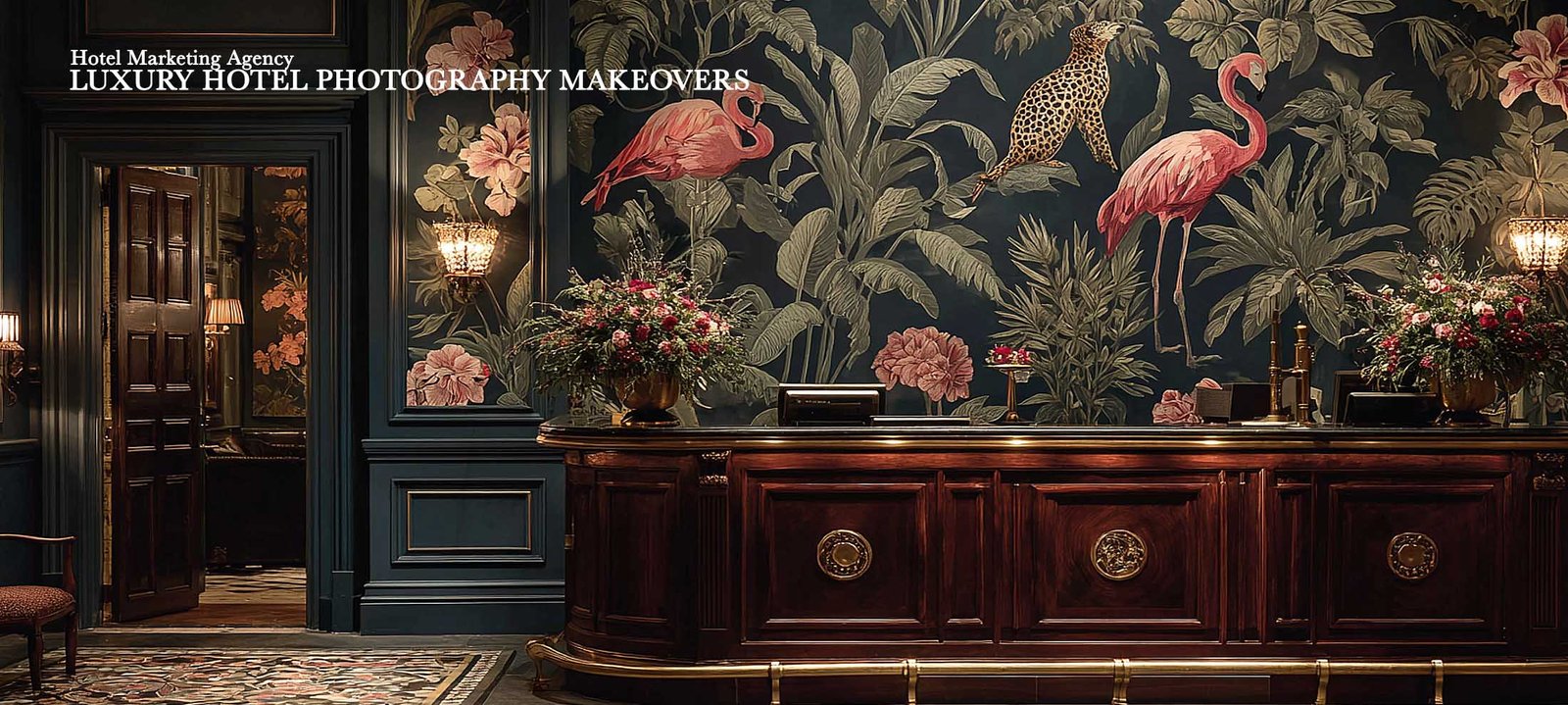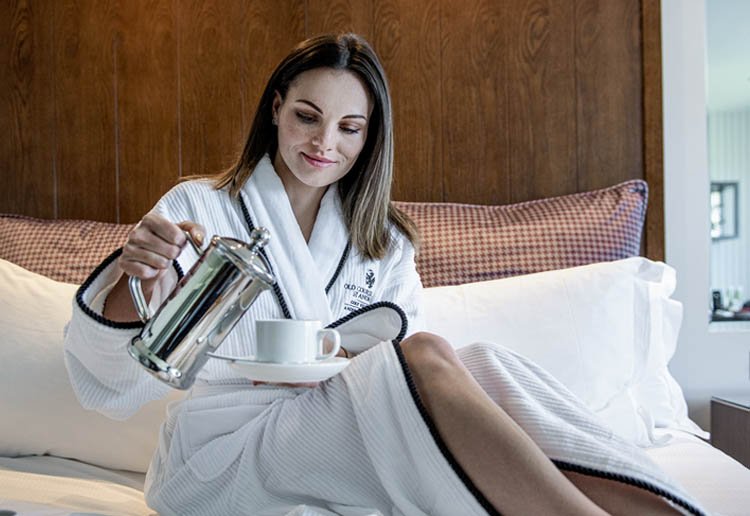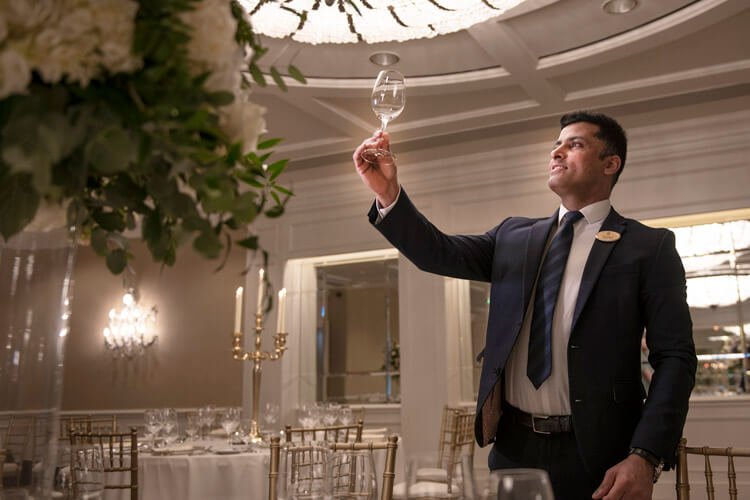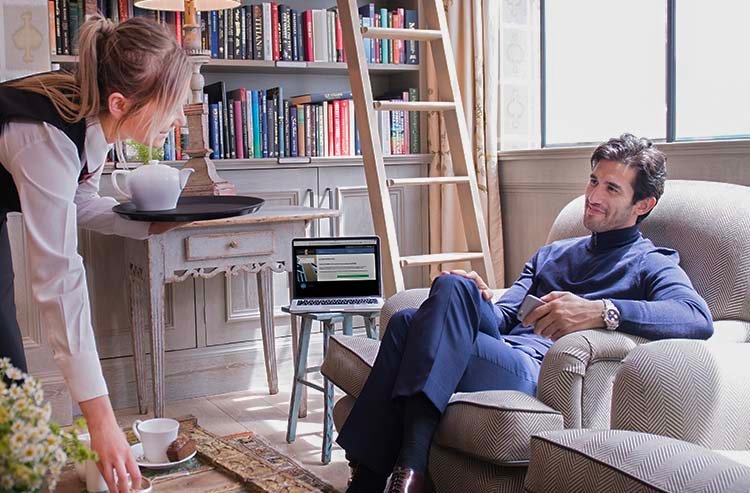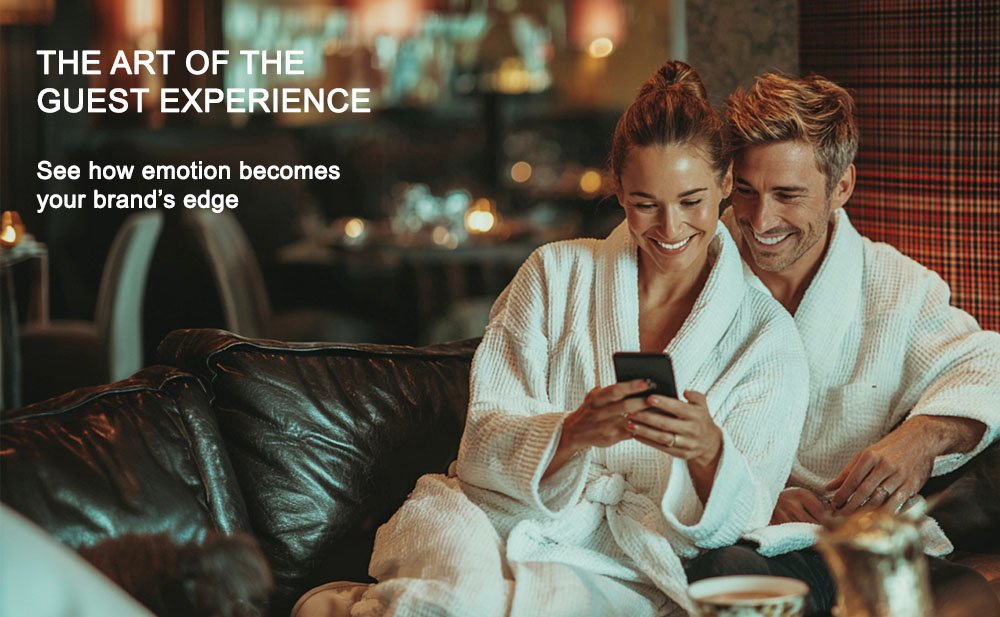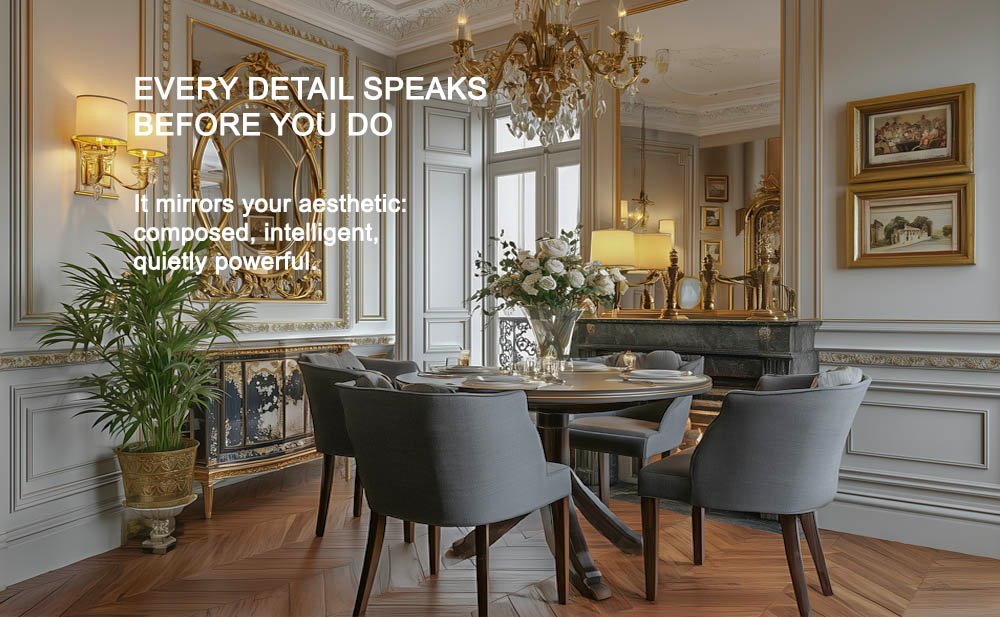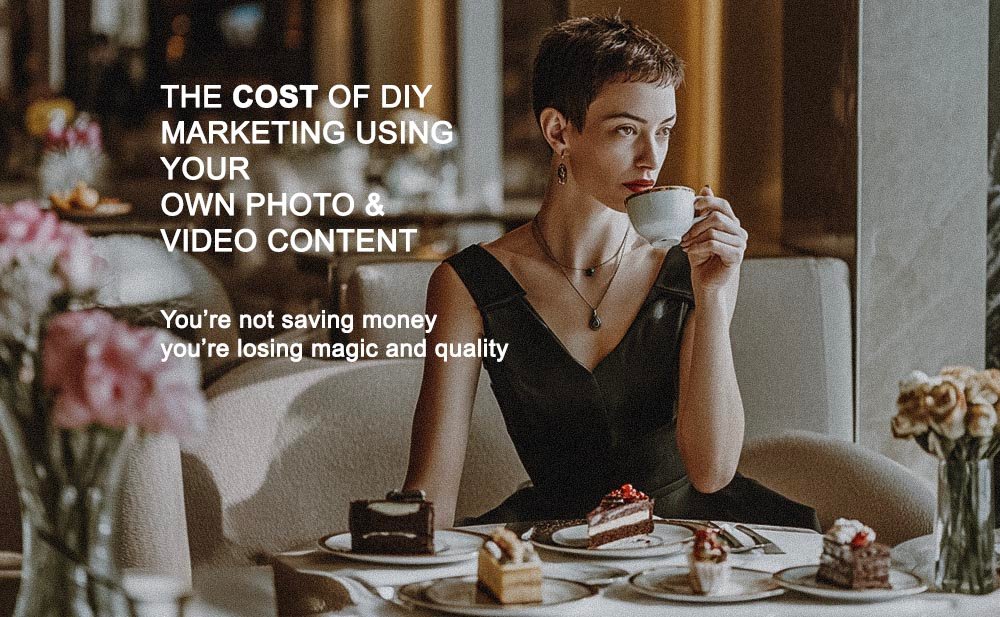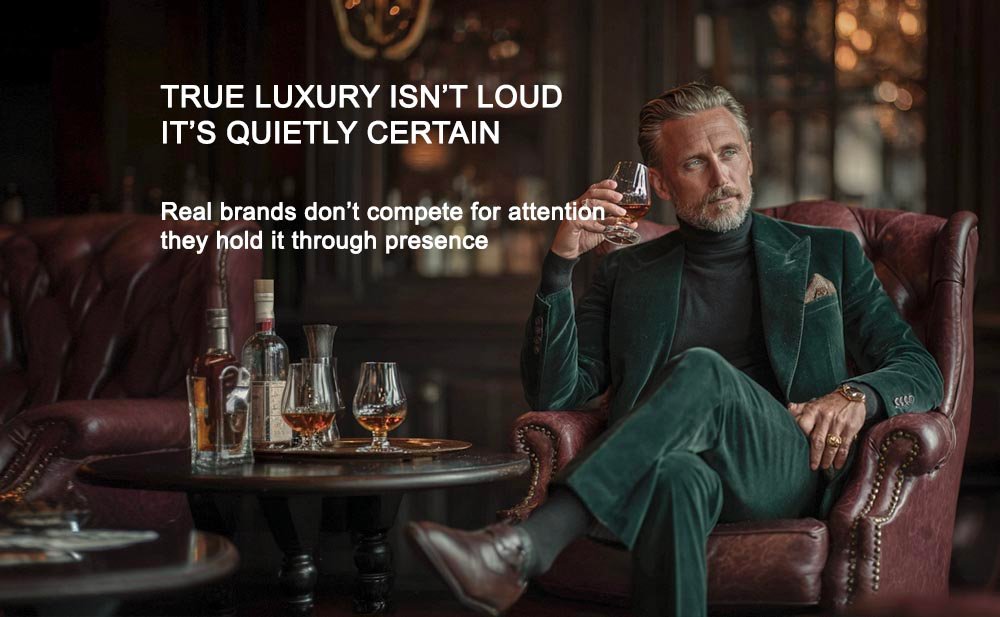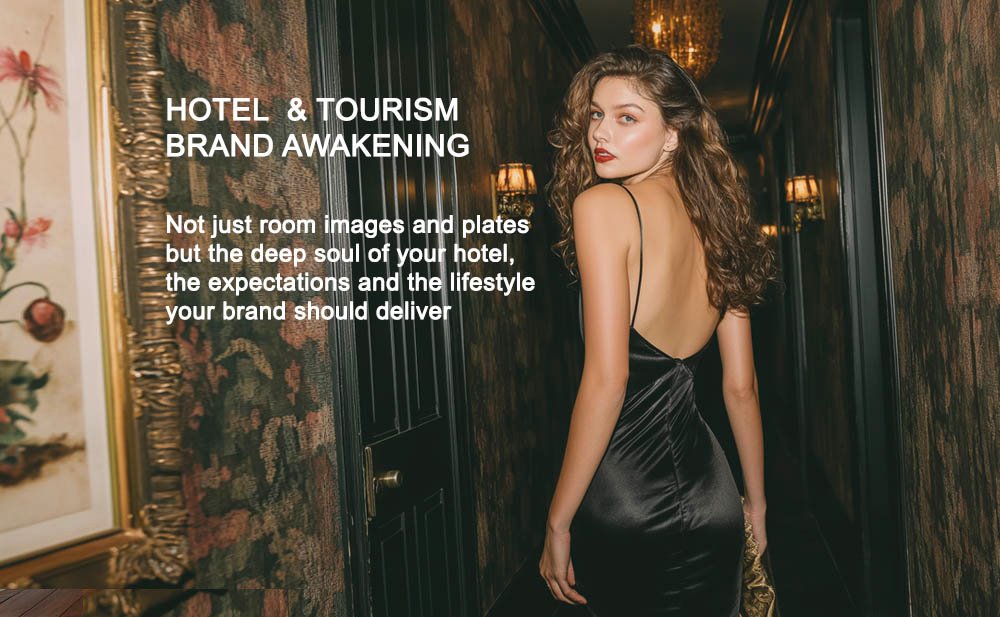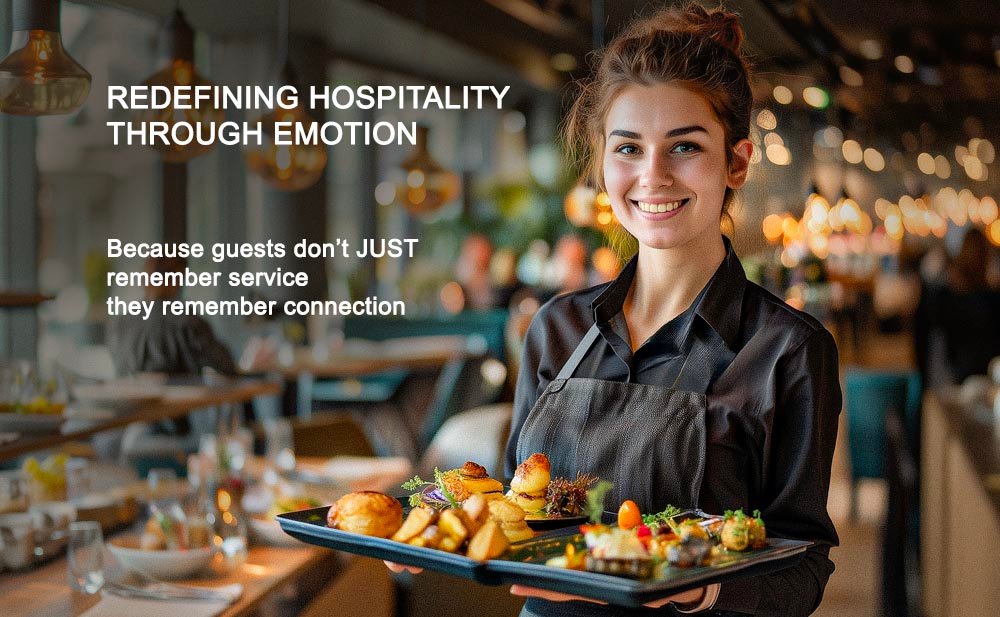The Strategy we use for our
Hotel Marketing Transformation
The Strategy: How Hotels Grow Through Storytelling, Film & EmotionThe hospitality world is changing between those still selling only based on rooms and occupancy and for those crafting sales with emotion. Between those who post and those who provoke feeling and those who wait for bookings and those who command them through presence, design, and story. Every image you share, every story you tell is already shaping how guests perceive you. The question is, does it ignite desire in your customers, or help disappear into the scroll? Because right now, your future guests are already choosinga and comparing emotion. They’re deciding whose story feels authentic and whose brand makes them feel something real. The brands that hesitate to get wise about customer emotions will be forgotten quietly.
Feelings Drive Bookings
A guest doesn’t buy a room — they buy a version of themselves.
When guests book, they’re not buying four walls and breakfast. They’re buying a feeling they want to experience.
It might be belonging — the sense that the atmosphere matches their identity.
It might be escape — freedom from noise and repetition.
Or it might be prestige — the emotional lift that comes from being somewhere that feels important.
Every photo, word, and tone either amplifies or kills that feeling.
If your visuals don’t connect emotionally, guests won’t stop scrolling.
But when you show warmth in the lighting, comfort in the textures, or narrative in the composition — they pause, imagine, and commit.
👉 Example:
A candlelit restaurant shot where the warmth of the glow feels like memory — not marketing.
That’s emotion captured. That’s what drives bookings.
Core emotion: Anticipation and belonging.
Hotel takeaway: Don’t show what you offer. Show how it feels to be there.
Before a word is spoken, your images decide your worth.
A guest doesn’t buy a room — they buy a version of themselves.
Guests subconsciously judge your price point, service level, and quality the moment they see your visuals.
You can’t say “luxury” — you must look like it, feel like it, behave like it.
When your imagery is composed, consistent, and cinematic, the brain associates it with premium experiences.
When it’s cluttered, overexposed, or inconsistent, it signals cost-cutting — even if your property is exquisite.
👉 Example:
A suite photographed with soft daylight and deliberate shadows conveys calm, sophistication, and investment.
A phone photo with harsh flash communicates haste and uncertainty.
Core emotion: Admiration, curiosity, confidence.
Hotel takeaway: Guests decide your value visually — not verbally. Treat every image as a pricing statement.
Mediocrity Costs
Cheap content is the most expensive mistake in hospitality.
DIY visuals don’t just save money — they silently sabotage brand equity.
In a world where perception is currency, mediocre photography doesn’t break even — it breaks trust.
Guests can sense when a photo lacks craft. It’s the same way they can tell when a cocktail was made with care versus poured in a rush.
That invisible layer of quality defines whether they see you as premium, mid-tier, or forgettable.
👉 Example:
A hotel that insists on shooting social content in-house with untrained staff might save £500 — but lose £50,000 in bookings because guests assume it’s budget-level.
Core emotion: Regret, urgency, embarrassment.
Hotel takeaway: You don’t pay for professional content — you invest in professional perception.
Quiet Confidence Wins
True luxury doesn’t chase attention — it holds it through stillness.
Luxury today is not defined by gold leaf and grandeur — it’s defined by certainty.
The calm, measured confidence that whispers: “We know who we are.”
Modern travellers crave emotional stillness. Amidst digital chaos, they seek spaces that slow time, not fill it.
Your brand should feel like an exhale — composed, unhurried, certain.
👉 Example:
A short film of a morning scene — steam rising from coffee, soft instrumental score, ambient light — communicates more luxury than any logo animation ever could.
Core emotion: Calm, trust, admiration.
Hotel takeaway: Luxury is restraint. The quieter your brand, the louder its impact.
Reinvention Keeps Relevance
A brand that stops evolving becomes a museum.
he most powerful brands in hospitality reinvent — not to change who they are, but to remind the world who they’ve become.
The industry evolves with culture, design, and guest psychology. Standing still means becoming invisible.
Reinvention doesn’t require renovation — it requires reflection.
It’s the courage to revisit your visual tone, your story, your guest promise — to ensure it still resonates emotionally.
👉 Example:
A heritage hotel modernises its photography to highlight human connection and detail rather than architecture alone.
The building hasn’t changed — but its relevance has.
Core emotion: Curiosity, renewal, hope.
Hotel takeaway: Consistency builds trust; reinvention sustains relevance.
Emotion Sustains Loyalty
Because guests don’t just remember service — they remember connection.
Loyalty doesn’t come from points or discounts; it comes from emotional memory.
When a guest feels understood, seen, or valued, they form attachment — and attachment becomes advocacy.
Hospitality is, at its core, emotional theatre. Guests return not for perfection, but for connection.
They remember the smile, the tone of light at breakfast, the music that matched the moment.
👉 Example:
A returning couple is greeted by name and offered the same corner table where they once celebrated an anniversary.
That’s not service — that’s story.
Core emotion: Connection, belonging, gratitude.
Hotel takeaway: Emotion turns guests into storytellers — and storytellers sell rooms.
The Shift Has Already Begun
The hospitality world is dividing between those still selling rooms and those crafting emotion, between those who post and those who provoke feeling, between those who wait for bookings and those who command them through presence, design and story.
Every image you share, every sound you release and every story you tell is already shaping how guests perceive you. The question is, does it ignite desire or disappear into the scroll?
Because right now your future guests are already choosing. They are comparing emotion and deciding whose story feels truer, whose brand makes them feel something real.
The brands that hesitate will be forgotten quietly. The ones that act deliberately, emotionally and intelligently will own the next decade of travel.
This Is Your Moment of Reinvention
You are not just competing for bookings; you are competing for belief. If your brand does not evolve its emotional language, it will speak to an audience that no longer exists. But if you move now, if you redefine your visuals, your story and your emotional tone, you will rise while others wait for the market to catch up.
Every month you delay is a month your competitors own your guests’ attention. Every week you wait is another story told without you in it. The next era of hospitality will belong to those who understand one truth: emotion is no longer marketing, it is survival.
Begin your transformation today and build the story your guests will never forget.
Our Hotel Marketing FAQ’s (2026)
-
What does a hotel marketing agency do?
A hotel marketing agency drives direct bookings and brand value through photography, video, strategy, and always-on content across web, search, and social. -
How does Google’s AI (SGE/AI Overviews) change hotel SEO?
It prefers clear answers, structured data (FAQ/HowTo/Service schema), fast pages, and strong E-E-A-T. Human-helpful summaries and precise internal links matter more than ever. -
How can we increase direct bookings vs OTAs?
Own the story and the offer: best-rate guarantees, value-adds, speedy UX, trust signals, and remarketing. Use photography that communicates experience, not just inventory. -
Do we still need traditional SEO if we invest in AI and social?
Yes. Technical SEO, architecture, and intent-matched content are the foundation AI systems and social platforms still rely on. -
What content actually converts for hotels?
Luxury photography, short cinematic video, authentic lifestyle moments, and clear offer pages with friction-free CTAs. People book the feeling, not the feature list. -
How do we measure ROI from content?
Track booking uplift, assisted conversions, GA4 engagement, time on assets, branded search growth, and paid efficiency. Tie shoots to specific campaigns and dates. -
Is user-generated content (UGC) safe to use?
Only with explicit permission and correct rights. Secure creator contracts, model/property releases, and define paid usage, term, and territory. -
What should our 2025 social mix look like?
Reels/Shorts/TikTok for reach, Instagram for brand and DM conversions, Pinterest for planning, LinkedIn for meetings & events. Repurpose hero assets natively per platform. -
How quickly can we launch a content campaign?
Typical timelines are 2–4 weeks from concept to delivery, depending on scope, season, and approvals. -
How much should we budget for hotel content?
Align to revenue goals and seasonality. Budget for a quarterly hero shoot, monthly social assets, and paid amplification. Quality beats frequency. -
Do we need a full brand refresh or just new visuals?
If positioning, guests, or pricing tiers have shifted, refresh voice + visuals together. If the story is right but stale, lead with new photography and film. -
How do we rank locally for “best hotel in [city]”?
Nail Google Business Profile, consistent NAP/citations, reviews with rich responses, great imagery, local landing pages, and internal links from high-authority pages. -
What about website speed and UX?
Fast pages convert. Compress media, lazy-load galleries, simplify forms, and keep the booking path under three clicks. -
Are accessibility and ADA/WCAG relevant to hotels?
Yes—accessible pages and alt-texted images improve inclusivity, SEO, and legal safety. Bonus: screen-reader clarity helps AI summarisation. -
What makes your agency different?
We blend cinematic craft with commercial discipline—images that look beautiful and move the numbers. Emotion first, ROI always.
